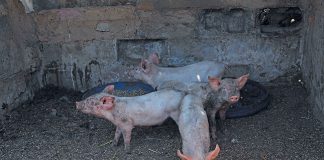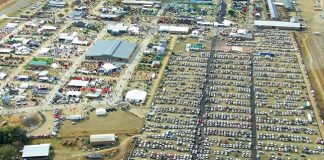This is according to the sixth report by the High Level Panel of Experts (HLPE) on Food Security and Nutrition, of the Committee on World Food Security (CFS), ‘Investing in smallholder agriculture for food security’. The fifteen-member HLPE held a public dialogue at the University of Pretoria today (30 April), discussing the value of smallholder agriculture to the world and how governments should support it.
Maryam Rahmanian, vice-chairperson of the HLPE, said until the food price crisis in 2008, which led to riots in some countries, the motto in agriculture was “get big, or get out”. Rahmanian said this was no longer the case. She said smallholder agriculture used to be seen as a problem, keeping countries in a backward state. It was seen as necessary for the smallholder to become bigger.
“That has changed over the past few years. Their contribution to food production, to growth, to stability and food security has become significant.” Rahmanian said with the financial crisis in Europe, many larger farming operations went bankrupt, but family-run smallholdings seemed to be more resilient to financial turmoil. Often smallholdings had additional off-farm income that helped to sustain the business through difficult times. Diversification of produce was another key survival feature.
According to the CFS, smallholders themselves were the main investors in smallholder agriculture worldwide. “There is a perception that the money comes from outside, which is not the case,” said Rahmanian. Smallholders’ main investment is labour, which mainly came from the family itself.
The main recommendation of the report is for each country to have a national vision for its smallholders. “Construct a strategy and action plan for what is needed. Decide it at a national level,” said Rahmanian. Governments must also provide a platform to consider food security through self provision, exchanges of products and market transactions and promote awareness of the specific instruments, programmes and policies needed to realise the right to food, she said.
In the 81 countries covered by the report, 72,6% of smallholders farmed on less than 1ha. Some 12,2% of smallholders farmed on between 1ha and 2ha; 9,4% on 2ha to 5ha; 2,8% on 5ha to 10ha; and 1,4% on 10ha to 20ha. Only 1,2% had access to between 20ha and 100ha and 0,4% had more than 100ha.












